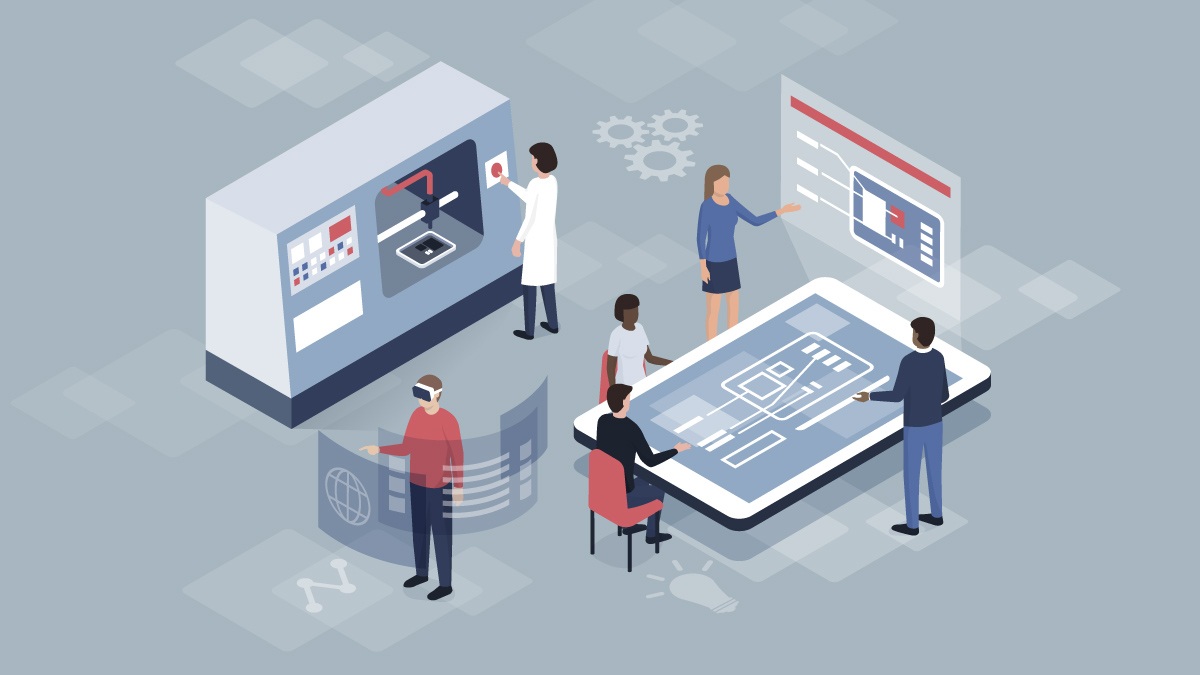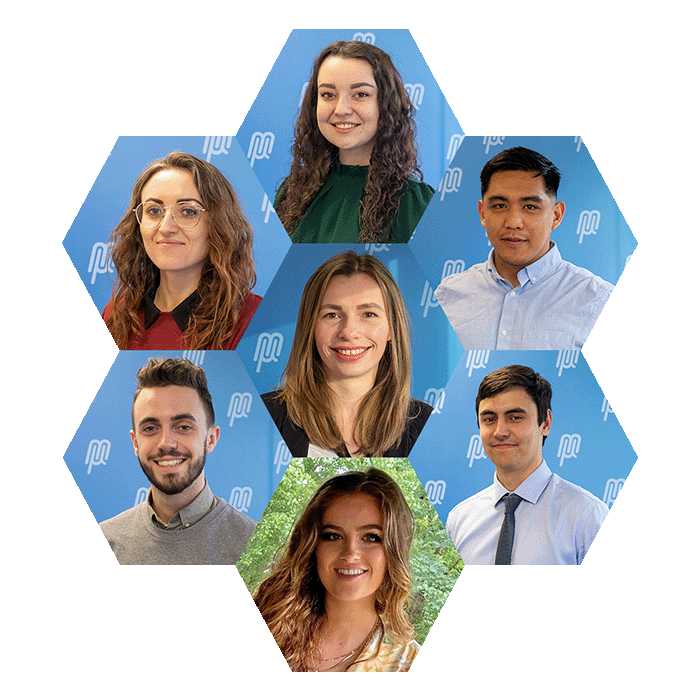Research and Development - Cross-functional Teams
 BlogCleanroomPPE/Textiles28.03.2023
BlogCleanroomPPE/Textiles28.03.2023
A case study detailing the difference between individual and team approaches to completing R&D projects.
Initial Approach
In the past most projects had started with raising a problem and discussing it in a meeting, the R&D Manager gives details of the issue to the R&D team member the project has been assigned to and offers some advice on how to begin.
Typically, a project will involve tasks which can't reasonably be carried out by R&D, i.e. washing garments. At this point the R&D team member would need to ask for help. For each task required they would approach the manager of the relevant area and ask for assistance. The manager of that area would then gain some insight into this element of the project. Sometimes the manager would delegate this task to a staff member. During each of these transitions, information can be lost/misunderstood.
Even when tasks are carried out exactly as required, there are still limitations to this approach.
How likely is it that the initial discussion between R&D Manager and R&D Team Member produced the best solution?
- Did they have all the information required to know how this solution would impact Production?
- Would IT have found a simpler solution which could be implemented in half the time?
- Does someone working with the garments know exactly why the issue is happening and how to solve it?
During a project to reduce the number of repairs on boot soles, an opportunity arose to take a different approach. The project so far had successfully found numerous solutions which didn't work, but as each was effectively being driven by an individual, the progress was slow. When a solution is not found, time is money.
Team Approach
Creativity Session
7 individuals attended a workshop where they were given a brief overview of the problem, some requirements for the solution, and a challenge ahead of the workshop.
The workshop involved various ways to encourage creative solutions to the problem. The requirements of the final solution were considered from different perspectives and the needs were then separated into 3 categories: Must, Should, and Could, based on their desirability. Emphasis was made not to critique ideas at this point. All suggestions and feedback were written down and ideas were not dismissed simply because something we currently do is incompatible with the product. An additional benefit of this is that it gave key stakeholders a wider view of the problem, why the solution isn't simple, and the impact their efforts can have.
Idea Selection
Once all ideas had been collected R&D met to discuss the ideas critically. Each idea was evaluated based on 3 criteria:
- Desirability (Internal / External)
- Predicted Simplicity (Of the solution)
- Chance of Success (Of the project)
Each idea was given a score out of 3, per criteria. The scores were then calculated and the 6 highest scoring projects were taken forwards.
Mini Projects
As these projects required more resource than R&D could easily provide, the participants of the workshop were invited to assist with the project. In teams of 2 they picked the mini project they wanted to work on.
Advantages of this mini project approach are:
- It breaks a large, potentially daunting, task into smaller manageable chunks
- Allows the teams to see additional issues and tackle them in parallel
- Allows people with different perspectives to work together on a solution more easily
Cross-functional Teams
Historically the Project Leader would usually try to find the best person for the task and delegate it to them, the difference is in buy-in and agency. By spending time understanding the problem, and considering the solution, each person had much more buy-in to their tasks. Another difference is agency, people were not being given a task to complete, but a problem to solve, one in which they had all the information required to see the bigger picture.
Regular Updates
Update meetings were held approximately once per month and all involved were invited. The meetings were an opportunity to catch up on the progress of each project, ask questions or request decisions be made, and request help with tasks which fell out of their ability to complete. The meetings also served as a chance for the project leader to understand the 'bigger picture'.
Potential Downsides
Resource
Whilst the results of this project have been promising, it has required more people's time than if we had been able to solve the issue with less involvement. It is therefore important to consider that this approach might not be suitable for a narrow scope, small project with no pressing deadline, for example.
Project Management
In the future it's likely that individuals with less experience with project management would be included. It's important that they are given the project management support they require, both to ensure the success of the project, and to develop their skills.
Project Selection
Whilst this approach was excellent at producing and altering solutions to a problem, it doesn't ensure that the problem being solved is the highest priority to the business. If the wrong problem reaches this point, there is the possibility of spending significant time and effort on the wrong problem, and the opportunity cost of not working on the right problem.
Top Tips
Review Frequency
It is important to scale the frequency of review meetings to match the expected progress of the project. This prevents projects being stalled whilst waiting for updates/decisions from the larger group, and from wasting resource updating on very little.
Documentation
Review meetings are successful in part due to their informal nature, but it's important to document the decisions and actions out of these meetings. It is also important to get this right from the start to ensure a clear trail is left.
Better Role Definition
It is important to define the responsibilities each person will take within the project, for example:
- Who to update progress to outside of the meetings
- Who can make certain decisions
- Who is doing which tasks on each project
By defining this early on, it's easier to ensure that all required tasks are completed.
Conclusion
The Cross-functional Team approach has proved to be effective for Micronclean. Techniques such as 'creativity sessions', 'idea selection', and 'mini projects', all play a part in pushing incredible progress towards a solution, even for a tough to solve issue. By analysing each project/idea and following the 'top tips' above, a collaborate approach will almost always offer better results.

Author
Research and Development Team
Micronclean
